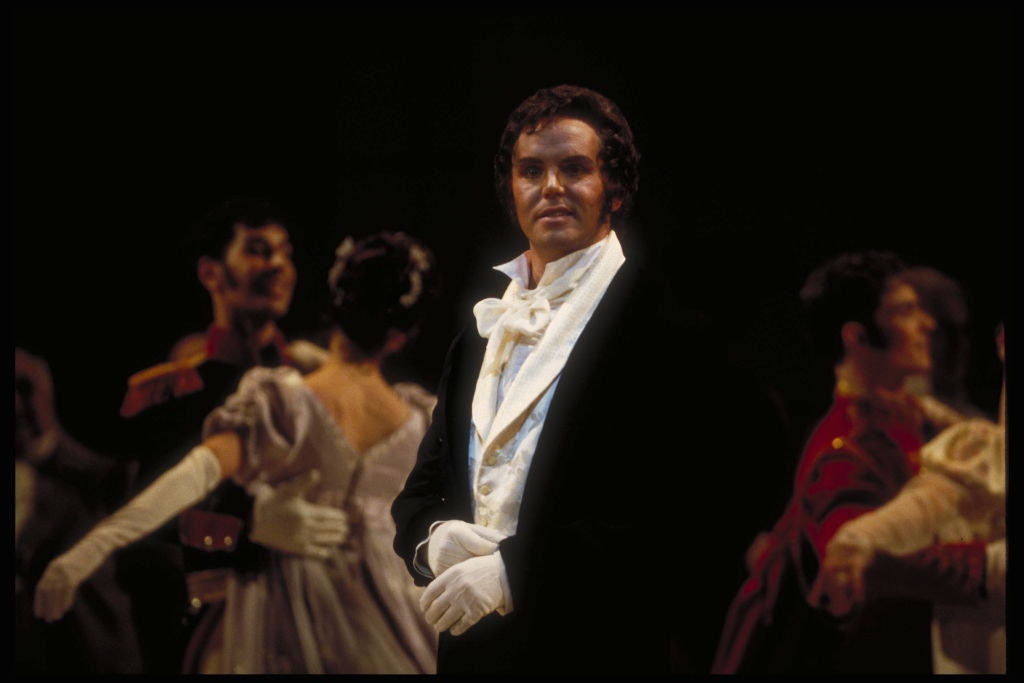Out with the old and in with the new
People are asking why the classic art market has declined — and will it recover?
This article is taken from the April 2024 issue of The Critic. To get the full magazine why not subscribe? Right now we’re offering five issues for just £10.
Last month I wrote about how the marketeers at the auction houses have pushed luxury brands as the “gateway drug” for new buyers coming into the art market. However, it remains to be seen in what direction these new Hermès handbag-toting buyers will go.
Will they gravitate toward the flashy, fun and largely conceptual (and intellectually open) area of contemporary art, such as the insanely popular works by Yayoi Kusama; or perhaps the downright hip street works by Rashid Johnson? Maybe they will find their happiness in 18th century European furniture and ceramics, 17th century Italian paintings or sculpture? My money is on the former, though my preference is for the latter.
The rise and rise in the size and value of the contemporary art market has continued (with a major dip in 2009) for over two decades. Over the same period of time, the traditional — or “classic” — art market (English & French furniture, old master and 19th century paintings, and with a few exceptions most impressionist paintings) has declined in value.
People often ask me why this classic area of the art market has declined, and they are also the same people who state, wistfully, that “it will come back,” relying on the cyclical nature of markets. However, I have my doubts.
This is not a bear market followed by a bull market. First, there is at any single time, a relatively small number of buyers for art; for individual pieces above £100,000, perhaps a few thousand. Art is a luxury, discretionary purchase.
Of course museums buy great works of art (especially classic, established pieces) when they appear on the market, and sell (“deaccession”) occasionally as well, but their participation and impact in the marketplace is mostly marginal, though valuable.
There is, perhaps, even a disdain for the scholarly, the antiquarian, the unusual
Second, the contemporary art market (works created by artists born after 1945), is a growth market, not only by virtue of the fact that it is contemporary, ergo works are being created daily, but also new buyers are coming into the market each year.
Visitors to modern and contemporary art museums all over the world are growing and whilst this may or may not have a bearing on the art market, auction sales in that sector continue to grow year on year. Today they represent over half of the entire auction market (by both volume and value).
By contrast, whilst the objects that make up the classic market are still plentiful, it is often said that the greatest works are already in museums and therefore out of circulation. Of course there are occasional discoveries, but these are tiny in number and not always museum quality.
There are still today superb private collections of classic art, and some of these become museums themselves (viz. the Thyssen-Bornemisza collection) or works are presented to major museums (viz. Mellon, Morgan, Kress, Wrightsman et al): again, great works are removed from circulation.
Finally, the appetite for classic art has changed: today’s taste and fashion are for notions of the contemporary. There is, perhaps, even a disdain for the scholarly, the antiquarian, the unusual.
We are living in times where the overwhelming trend for art in your house — whether it is furniture, sculpture, ceramics, tapestries, paintings or prints — is for the modernist and the new and, in particular, for the conceptual above the realistic.
This might be explained as follows: at a subliminal level, the historical associations of great works created for wealthy patrons in the 18th and 19th centuries might make some uneasy, the foregrounding of links with slave trading, or being linked with Ancien Régime autocratic political structures.
I have never heard a buyer give this as a reason not to buy a beautiful piece, but judging by the furniture and works of art surrounding many leaders of autocratic regimes, their interior decorator, perhaps intentionally, has usually selected something reflecting a grand 18th century aesthetic.
Additionally, conceptual art is an intellectual free-for-all. An Yves Klein blue painting allows anyone to impose their thoughts onto the work of art (infamously Klein did just this, covering naked women in blue paint who then pressed themselves onto the canvas).
By contrast, the realistic — and to some extent the historic — is intellectually rooted in time and space. The narrative exists; there is already a tangible link to a society, a way of thinking with which the new owner aligns themselves. If we can’t learn to celebrate and understand those sometimes difficult historical narratives, then the less demanding, open and occasionally simplistic contemporary art will remain in the ascendancy.
Enjoying The Critic online? It's even better in print
Try five issues of Britain’s most civilised magazine for £10
Subscribe














